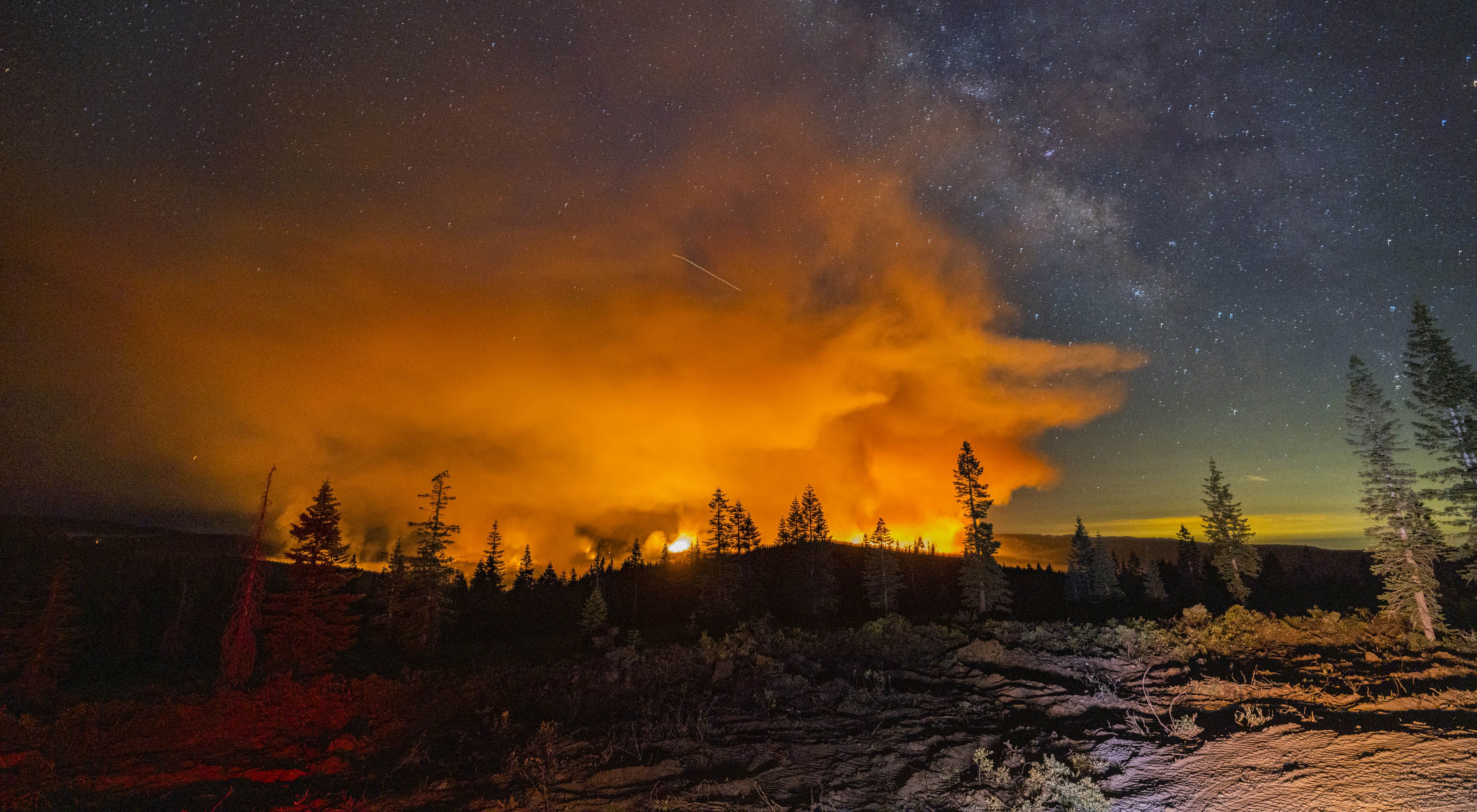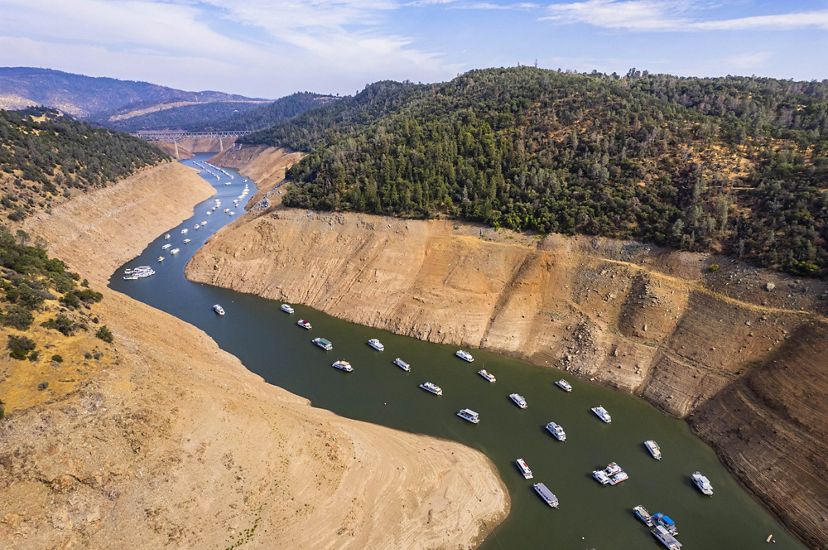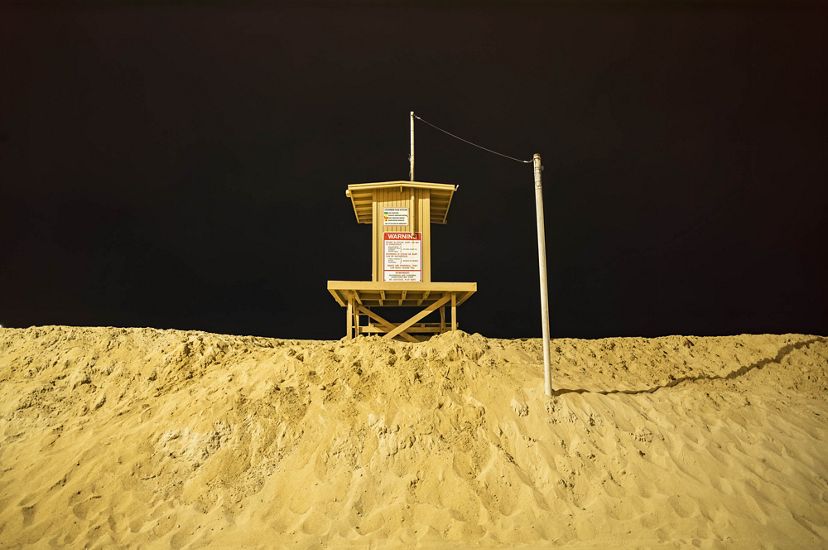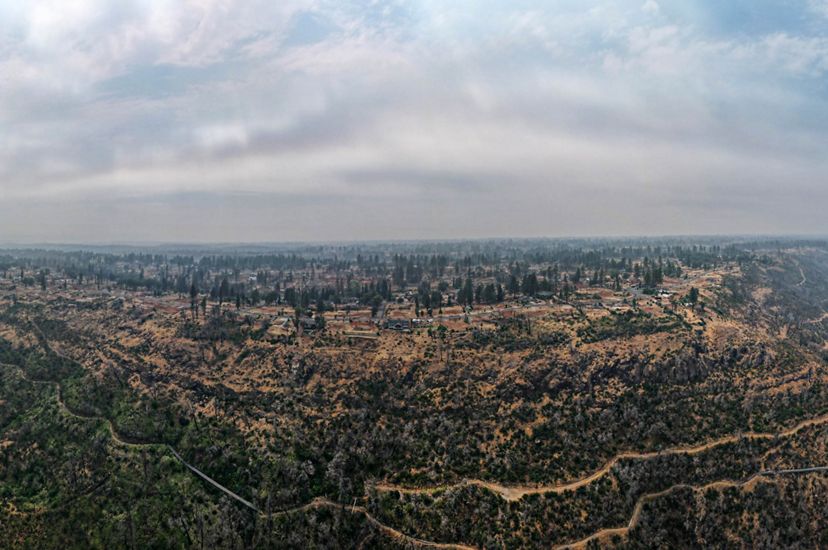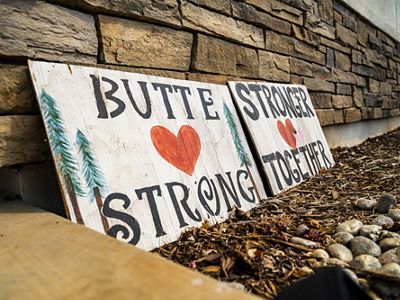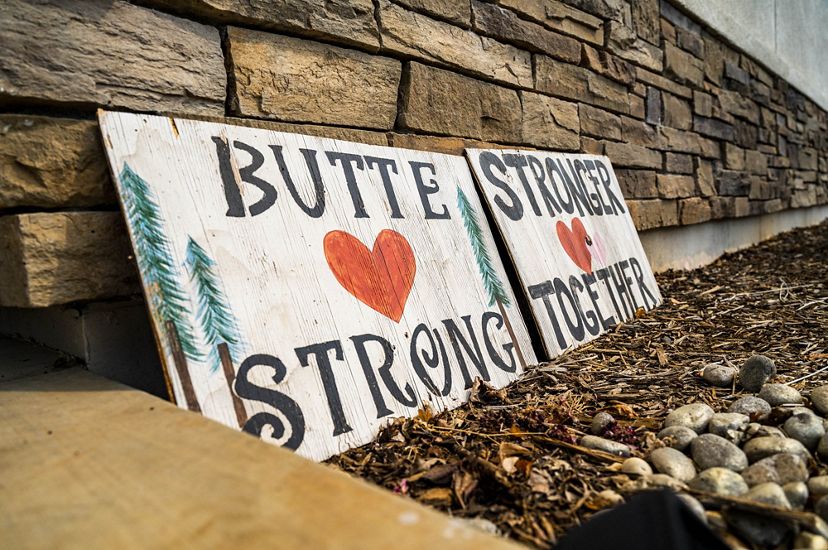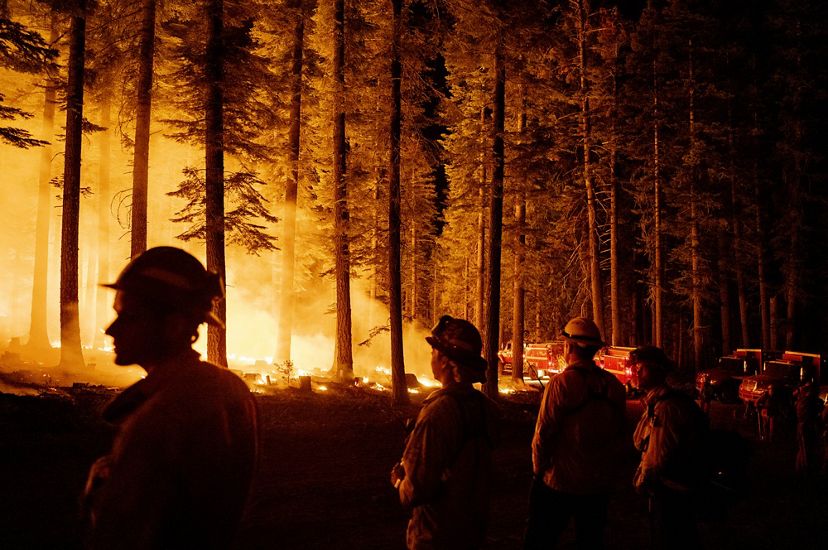The Climate Future Is Now
Melting ice caps, frequent fires, intense heat waves and rising sea levels are already upon us. But the climate of tomorrow is still ours to shape.
Winter 2021
July 2021 was the hottest month ever recorded on Earth—a distinction that may not last long. The latest report by the U.N.’s Intergovernmental Panel on Climate Change warns that global temperatures are likely to rise at least 4.9 degrees Fahrenheit by the end of the century. In many places, including the western United States, the impacts of climate change are already at hand, including multiyear megadroughts, unpredictable and hard-to-control wildfires, and intense precipitation that leads to dangerous flooding. But there’s still time to prevent the planet from getting even hotter. The Nature Conservancy is working to identify natural solutions that reduce greenhouse gas emissions, increase carbon storage, promote clean energy and help vulnerable communities adapt. “We’re increasingly finding ways to deal with the cards that climate change gives us,” says Dick Cameron, director of science for land and cities programs for TNC in California, “and figure out how to meet our mission in a world with higher uncertainty.”
Drought
In July, houseboats on Lake Oroville, north of Sacramento, floated nearly 300 feet below the waterline. Many reservoirs in California such as this one get their water from snow that falls in the Sierra Nevada. During the winter, layers of snow, known as snowpack, accumulate in those high-altitude peaks. Later, when warmer spring temperatures arrive, the snowpack melts, flowing into streams and reservoirs and providing drinking water, crop irrigation and hydroelectricity for millions. Historically, snowpack has added inertia to the West’s water systems, keeping accumulated moisture in a holding pattern for part of the year and then slowly releasing it. But as the climate warms, snowpack melts earlier and faster, making it harder for water managers to ensure that reservoirs don’t end up with too much water when it’s not needed (which can cause flooding) or too little when it is.
Sea-level Rise
Some scientific projections suggest that the Pacific Ocean could rise more than 6 feet in certain coastal areas of California by 2100. This summer, extreme high tides and dangerous surf sent city workers in Newport Beach racing to erect towering mounds of sand known as berms to create a barrier near the high-tide mark. Coastal cities use berms to protect low-lying areas from the kind of flooding that hit Newport Beach in previous years when seawater inundated parking lots, streets and homes. Newport Beach spent nearly $2 million to raise the sea wall around Balboa Island by 9 inches to buffer the harborside community from high tides. Other California municipalities have opted for nature-based approaches instead. Restoring natural shoreline infrastructure, like wetlands, may offer long-term protection for communities and preserve ecosystem benefits like dispersing wave action during storms and trapping sediments to raise elevation over time.

Agriculture
Dams in California capture snow and river water and send it via aqueducts and canals to irrigate farm fields in the state’s Central Valley—the powerhouse agricultural region that produces one-quarter of the nation’s food. During severe droughts, surface water disappears, causing farmers to pump unsustainable amounts of water from underground aquifers. The state passed historic legislation in 2014 calling on local agencies to eliminate overdrafts on groundwater basins by 2042. Analysts estimate that 500,000 agricultural acres would need to be fallowed to achieve sustainability by that date. To ease the transition for local growers, TNC is providing guidance to farmers on other uses for marginal and retired croplands, such as siting habitat (like pop-up wetlands for migrating birds) and solar. The Conservancy is also working with water agencies to help them educate landowners on both alternatives.
Community
The 2018 Camp Fire killed at least 85 people and destroyed the town of Paradise, California. Residents, who made signs of solidarity in the aftermath (right), now want to build back differently to reduce their risk. The Nature Conservancy is partnering with the Paradise Recreation and Park District to buy properties from former residents who don’t want to return. That land will then be turned into an open-space recreation area on the eastern side of town that can serve as a fire break and a staging area for firefighters. This buffer zone—along with efforts to reclaim property slated for development such as the canyon carved by Feather River (left)—combined with better ecological restoration of the forest, could position Paradise to better withstand future fires.
Wildfire
Wildfires raged across all 11 Western states this summer, filling the air with toxic smoke, eviscerating millions of forested acres and forcing thousands to evacuate their homes. Research shows that decades of fire suppression, development into wildlands and drought conditions made worse by climate change are increasing the risk and intensity of wildfires. To slow the Dixie Fire that burned more than 960,000 acres in Northern California, firefighters burned areas of flammable vegetation ahead of the fire’s path to reduce the fuels available to it and contain its spread. The Conservancy’s ecological forest-management efforts—including mechanized tree thinning and prescribed burns—are boosting the wildfire resilience of forests across the state. The California State Legislature recently increased funding for wildfire prevention efforts from $200 million per year to $1.5 billion, and TNC helped establish a prescribed-fire claims fund to get more beneficial fire on the ground. The state also began offering its first course, developed with TNC’s help, to certify firefighters to become burn bosses—individuals qualified to plan, organize and execute controlled burns.
